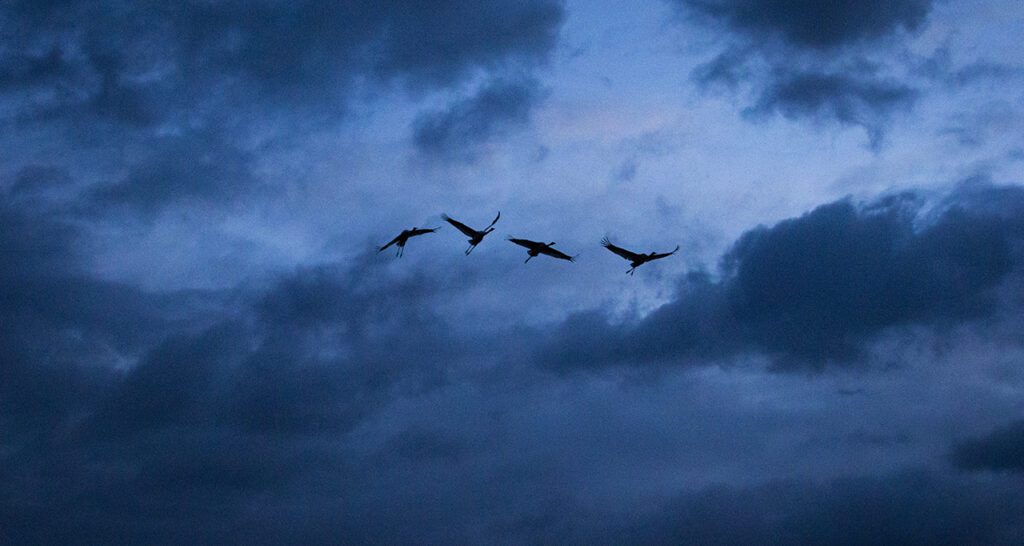
First Confirmed Death of Endangered Whooping Crane due to Highly Pathogenic Avian Influenza
An Endangered Whooping Crane, lovingly named “Ducky,” died earlier this month due to Highly Pathogenic Avian Influenza (HPAI). The loss marks the first confirmed death of a Whooping Crane due to HPAI.
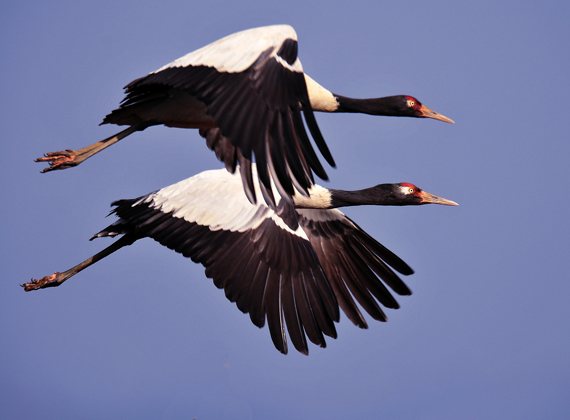
Top Ten Facts About Crane Migration
We asked our staff for their top ten facts about crane migration to create this list – we hope you are inspired to learn more about the mystery of bird migration!

New Research and Community Center Opens in the Khurkh-Khuiten Nature Reserve in Mongolia
The Wildlife Science and Conservation Center of Mongolia held the grand opening ceremony for the new Khurkh Ecological Research and Community Center on August 19 in the Khurkh-Khuiten Nature Reserve in northeast Mongolia. The nature reserve is a world-renowned wetland site for its international importance and crane conservation in East Asia.
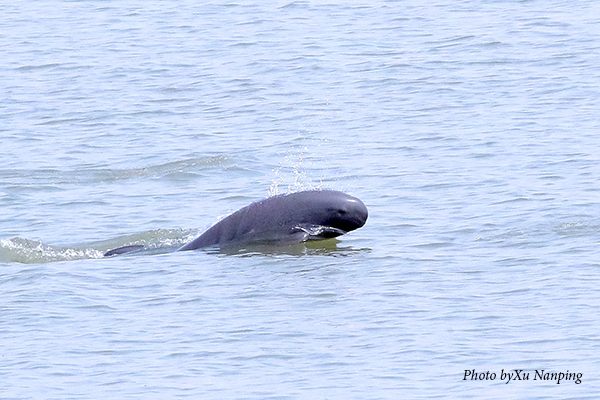
Watching Over and Coexistence – The Stories of Wild Animals and Their Protectors Amid Extreme Drought
As the only member of the Living Lakes Network from China, Poyang Lake is Asia’s largest wintering ground for migratory birds. It also offers habitats and shelter for the Yangtze finless porpoise and many other rare and endangered species.

Historic Agreement Signed to Manage Vital Grasslands and Wetlands in the Khurk-Khuiten Nature Reserve of Mongolia
Ulan Bator, Mongolia – Following the designation of the Khurkh-Khuiten River Valleys in Northeast Mongolia as a National Nature Reserve by the Mongolian Government in May 2021, this week the Department of the Protected Areas Management at the Ministry of Environment and Tourism, the Governor of Khentii Province, together with leaders of the four counties surrounding the Nature Reserve signed an agreement with the Wildlife Science and Conservation Center, a Mongolian non-government organization to coordinate management of the landmark reserve. Read more about the reserve here.
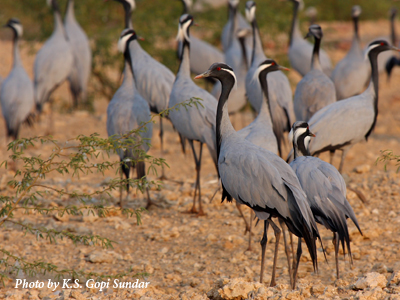
Cranes and Avian Influenza Update
The unprecedented loss of up to 8,000 Eurasian Cranes to an H5N1 highly pathogenic avian influenza virus in Israel’s Hula Valley in December 2021 was a tragic example of the potential for this virus to sicken wild birds and now cranes in particular.
Cranes Bring Best Wishes for 2021
As important symbols of longevity, happiness and nobility, Cranes present a beautiful image in Chinese culture and are often associated with blessings and good wishes. Therefore, the International Crane Foundation’s China Program initiated an online campaign during the 2021 Spring Festival under the program “One Yangtze River With Thousands of Cranes,” supported by Huatai Securities. The Yangtze River basin supports several species of wintering cranes, including nearly the entire population of the critically endangered Siberian Crane.
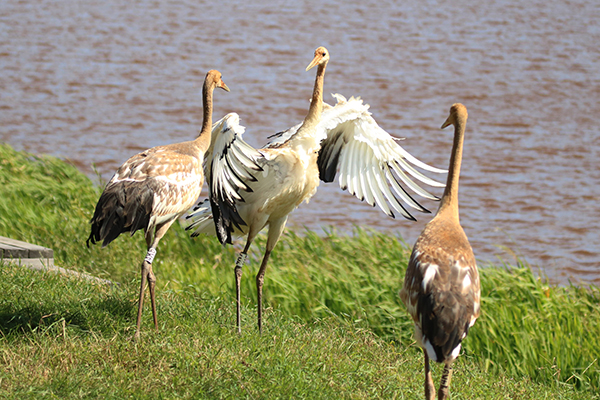
Working Together to Return Cranes to the Wild
Since 2014, European zoos, particularly Brno Zoo and the Environmental Educational Centre of the Czech Republic, have cooperated with the Station for the Reintroduction of Rare Bird Species at the Khingansky State Nature Reserve in Far East Russia to return Red-crowned and White-naped Cranes to the wild. The combined wild populations of two iconic Asian crane species – the Endangered Red-crowned Crane and Vulnerable White-naped Crane – are less than 10,000 birds. Because of the precarious situation of these wild populations, the world’s zoos have established conservation populations for both species. Within the European Association of Zoological Gardens and Aquaria (EAZA), both species fall into the Ex-situ Programme (EEP), formerly known as the European Endangered Species Programme, which establishes population management programs for selected species. One of the Program’s goals is to have a large enough captive population, if necessary, to return birds to the wild.

Cranes – Messenger of Peace Art Contest Creating Awareness in China
“Welcome Siberian Cranes to their wintering area in Kuixiang, Guangdong Province” by Long Baichuan If a picture is worth a thousand words, an image of a crane is visual poetry. Cranes are beautiful and elegant large wading birds found on every continent except South America and Antarctica. East Asia has the largest number of crane species in the world, with nine of the 15 species. Cranes also have special cultural significance in East Asia, especially in China, South Korea and Japan. However, cranes continue to face increasing threats, including climate change, habitat degradation and loss, human disturbance, and are at risk of population decline or even extinction in the wild.
No results found.
Adjust the filters and try again.
